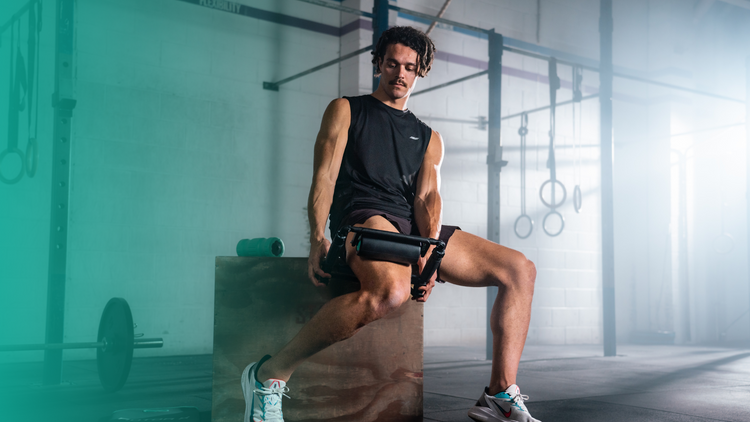Release Tension and Improve Mobility with Self-Myofascial Release

Are you feeling stiff and achy? Do you want to improve your mobility and reduce pain? If so, self-myofascial release may be just what you need. Here's how to get started!
What is Self-Myofascial Release?
Self-myofascial release (SMR) is a technique used to release tension and tightness in the muscles and surrounding fascia. The fascia is a connective tissue that surrounds and supports the muscles, bones, and organs in the body. When the fascia becomes tight or restricted, it can cause pain, discomfort, and limited range of motion.
SMR involves applying pressure to specific areas of the body using tools such as foam rollers and massage balls. This pressure helps to break up adhesions and tightness in the fascia, allowing for increased mobility and reduced pain.
SMR is a valuable technique that can help to improve mobility, reduce pain, and enhance athletic performance. Whether you're an athlete, a fitness enthusiast, or simply looking to improve your overall health and well-being, SMR is definitely worth trying. So grab a foam roller or massage ball and start rolling it out!
Roll it Out: Using Foam Rollers for Self-Myofascial Release
Foam rollers are a popular tool for self-myofascial release. They come in various densities, from soft to firm, and can be used to target different areas of the body. To use a foam roller, simply position your body on top of it and roll back and forth, targeting the areas that are tight or sore. You can learn more about using a foam roller for SMR here. However, foam rollers have a range of limitations that reduce their effectiveness as SMR tools.
Learn more about the benefits of the Rotor X compared to a standard foam roller.
Benefits of Self-Myofascial Release
There are several benefits to using self-myofascial release techniques, including:
-
Improved flexibility and range of motion: By releasing tension and tightness in the muscles and fascia, self-myofascial release can help to improve your flexibility and range of motion. This can be particularly helpful for athletes, dancers, and anyone else who needs to move their body with ease.
-
Reduced pain and discomfort: Self-myofascial release can help to reduce pain and discomfort in the muscles and fascia. This can be especially helpful for people who suffer from chronic pain conditions, such as fibromyalgia, arthritis, or back pain.
-
Increased circulation: By applying pressure to the muscles and fascia, self-myofascial release can help to increase blood flow and circulation. This can help to speed up the healing process and reduce inflammation.
-
Improved posture: By releasing tension in the muscles and fascia, self-myofascial release can help to improve your posture. This can be particularly helpful for people who spend a lot of time sitting at a desk or hunched over a computer.
-
Reduced stress and tension: Self-myofascial release can be a great way to reduce stress and tension in the body. It can be a relaxing and meditative practice that helps you to connect with your body and release built-up tension and emotions.
Take a Break and Roll it Out
Self-myofascial release can be a great way to take a break from your busy day and connect with your body. By releasing tension and tightness in the muscles and fascia, you can improve your overall health and well-being. So why not give it a try?
The Rotor X is designed to be the ultimate self-myofascial release tool, with the goal of giving people control over their own therapy. Check it out now!

